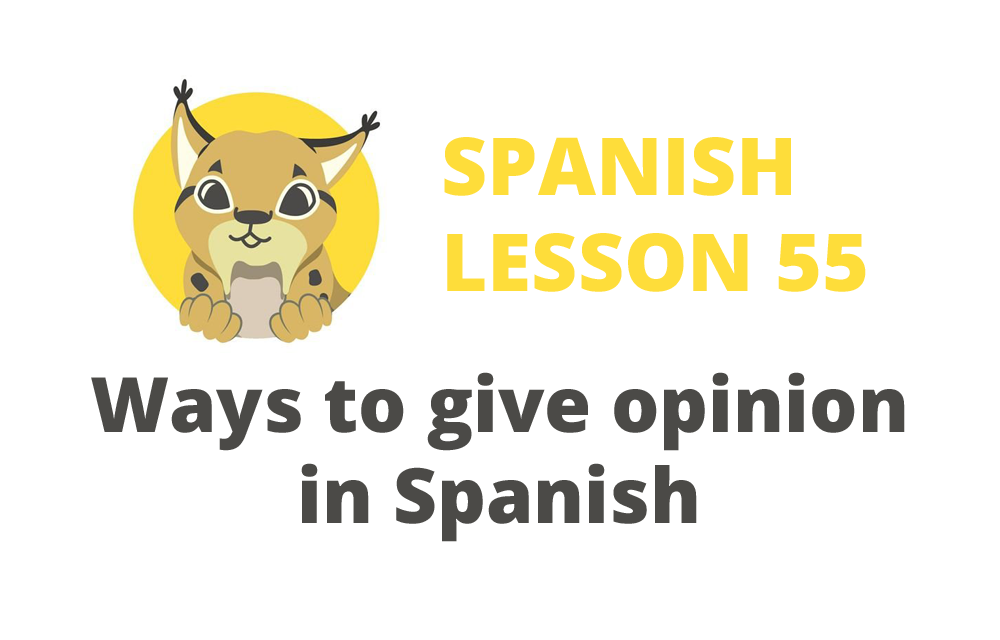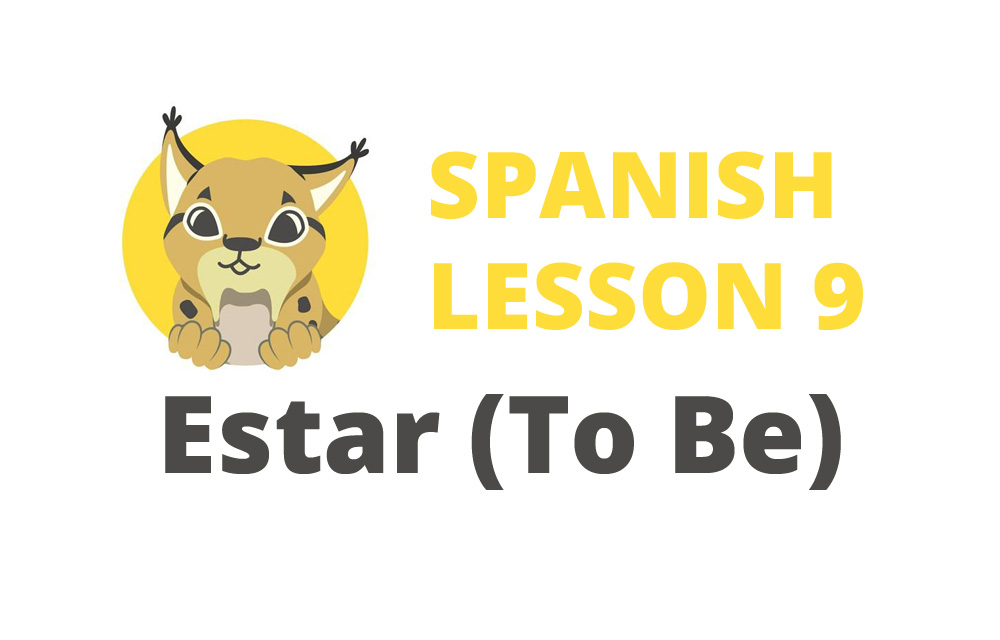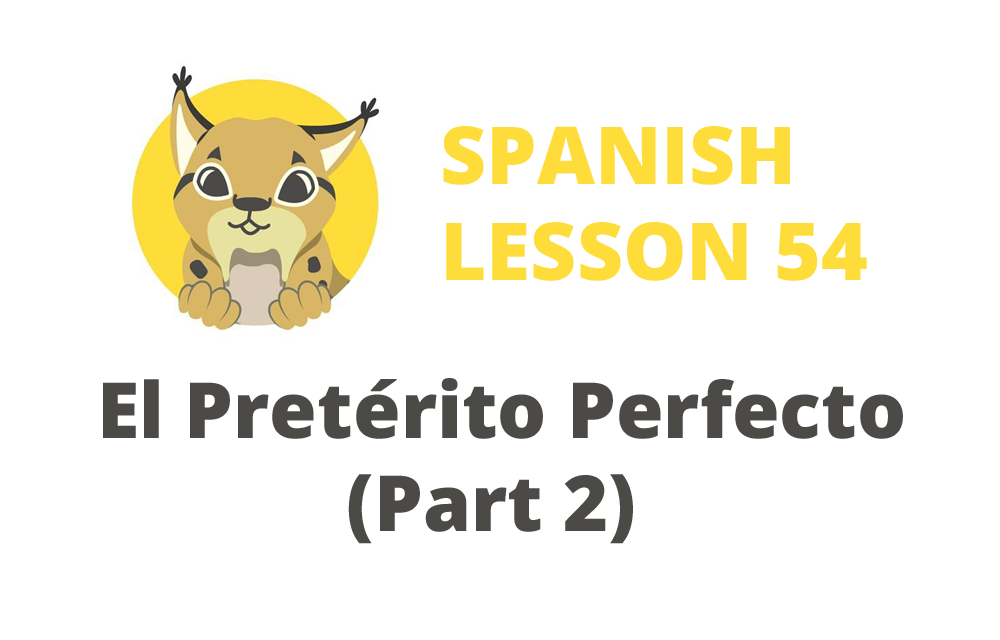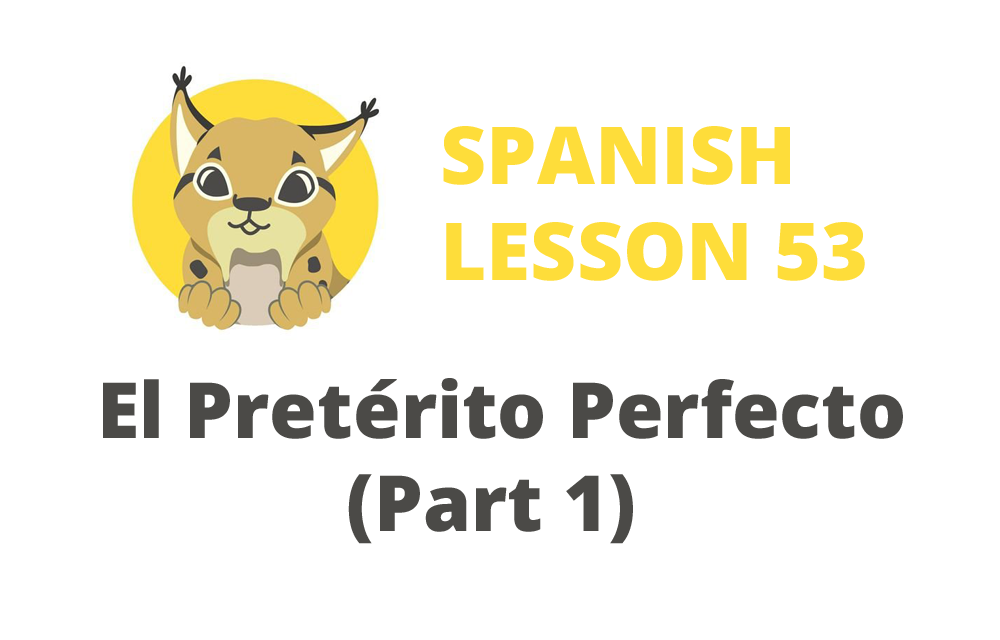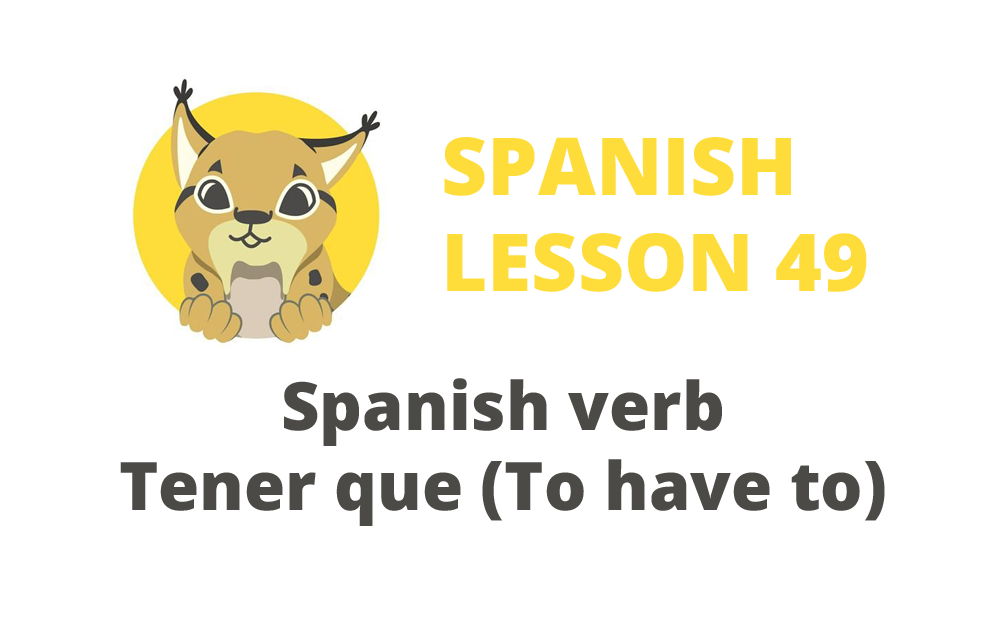At the center of the historic city of Santiago de Compostela, sits one of the oldest universities in the world. And the city and surrounding region of Galicia is a hugely popular tourist location. Especially as it is the ultimate destination on a world-famous pilgrim route. So it may not come as a surprise that… Continue reading University of Santiago de Compostela Spanish Courses
Tag: Spanish language learning
Common European Framework of Reference for Languages (CEFR)
The Common European Framework of Reference for Languages (CEFR) was created by the Council of Europe (CoE) in 2001 to provide a consistent and comprehensive structure for the teaching, learning and assessment for all European languages. Now the framework is increasingly being used in other continents besides Europe. There are six levels within the CEFR… Continue reading Common European Framework of Reference for Languages (CEFR)
Ways to give opinion in Spanish: Spanish Lesson 55
In this topic we are going to learn different ways to give Opinion in Spanish. Giving opinion in Spanish and understanding how someone else is expressing their opinion is a very useful skill. So let’s see some handy verbs and sentence structures! Ways to express our Opinion in Spanish Here you are going to learn… Continue reading Ways to give opinion in Spanish: Spanish Lesson 55
Spanish Verb Estar To Be: Spanish Lesson 9
This is the ninth lesson in our beginner-level Spanish course and we will look at the Spanish verb Estar To Be. Earlier in this course, we saw the Spanish verb Ser (Yo soy: I am. Tú eres: You are. Él/Ella es: He/She is) which is also the verb To Be. In Spanish, there are two… Continue reading Spanish Verb Estar To Be: Spanish Lesson 9
The Spanish Present Perfect (Part 2): Spanish Lesson 54
In this topic we are going to learn more about how to use The Spanish Present Perfect (El Pretérito Perfecto). In the previous lesson we learned how to use The Spanish Present Perfect with regular verbs. In this lesson we will focus on how to use it with irregular verbs. The Spanish Present Perfect is… Continue reading The Spanish Present Perfect (Part 2): Spanish Lesson 54
Present Perfect Pretérito Perfecto (Part 1): Spanish Lesson 53
In this topic we are going to learn how to use the Spanish Present Perfect – Pretérito Perfecto. This is a very useful tense with which we can describe actions in the past and it is not that difficult to remember and use. The Spanish Present Perfect – Pretérito Perfecto is used to talk about… Continue reading Present Perfect Pretérito Perfecto (Part 1): Spanish Lesson 53
Spanish verb Poder (Can): Spanish Lesson 52
In this topic we are going to learn how to use the Spanish verb Poder. In English, Poder translates to Can or Be able to. The Spanish verb Poder is one of the most commonly used of all Spanish verbs, so it is a good idea to get accustomed to using it as soon as… Continue reading Spanish verb Poder (Can): Spanish Lesson 52
Spanish verb Hay que (One has to): Spanish Lesson 51
In this topic we are going to learn how to use the Spanish verb Hay que (One has to). In our two previous topics we learned similar verbs: Tener Que (To have to) and Deber (Must). The Spanish verb Hay que is less commonly used than Deber or Tener que, but you will still hear… Continue reading Spanish verb Hay que (One has to): Spanish Lesson 51
Spanish verb Deber (Must): Spanish Lesson 50
In this lesson we are going to learn how to use the Spanish verb Deber (Must). In our previous topic we learned a similar verb, Tener Que (To have to) and in our next topic we will learn another similar verb Hay Que (One has to). The Spanish verb Deber is commonly used and relatively… Continue reading Spanish verb Deber (Must): Spanish Lesson 50
Spanish verb Tener que (To have to): Spanish Lesson 49
This is the first lesson in our intermediate level Spanish course and we are going to learn how to use the Spanish verb Tener que (To have to). We have already learned the verb Tener which translates to To have in English. Tener que is similar, but means To have to rather than To have.… Continue reading Spanish verb Tener que (To have to): Spanish Lesson 49


